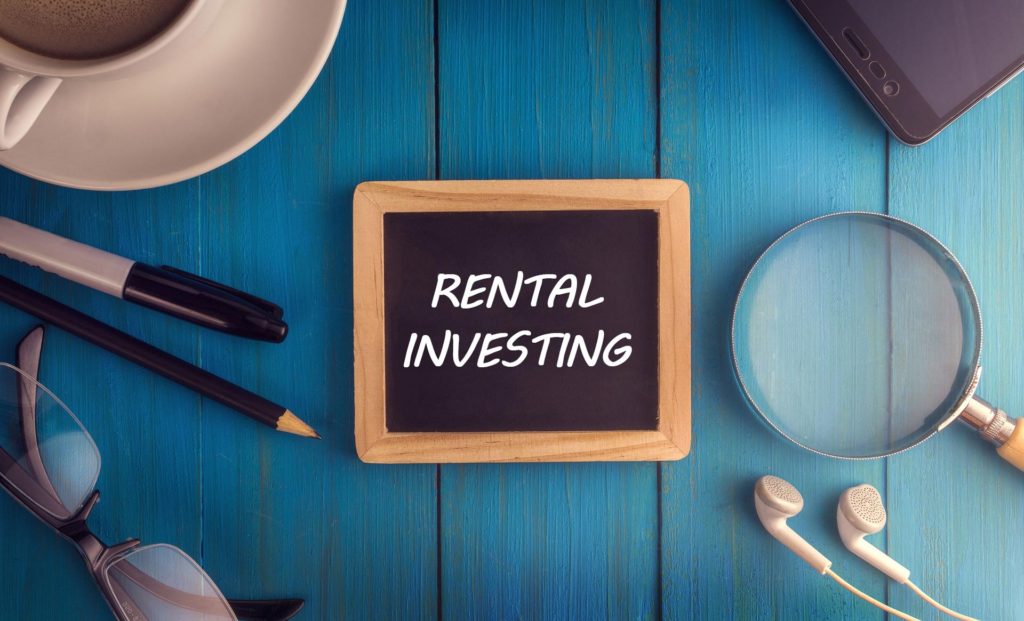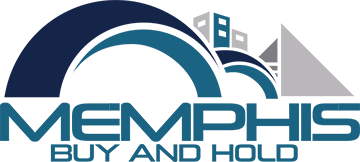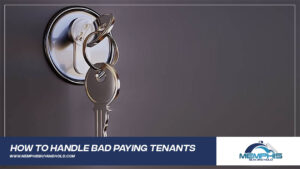
What could having an extra $2,000 per month do for you?
Pay down bills? Build up savings? Take more trips? Or maybe start down the path of financial independence?
Have you considered using rental real estate as a way to get there?
How to Build Passive Income With Rentals
Many who are starting out with rentals seem to get the broad concepts but don’t quite understand how to reverse engineer replacing a set dollar amount of income.
I’ll take you through three ways to build passive income with rentals, showing you all the numbers and demystifying how to piece it all together.
In the following examples, we’ll assume your goal is to build a rental portfolio of $100K homes that cash flows $2,000 a month.
Why? Because the math is easy, and this is a real everyday situation in 2019 for many investors. My portfolio, for instance, is made up of homes just like these.
Buying Rentals With Conventional Lending
In this scenario, we will purchase a $100K home using conventional financing. We’ll assume that we are bringing a down payment of 20 percent and the interest rate is 5.5 percent (although the rate may differ depending on your creditworthiness).
Here are the numbers
- $100,000 purchase with 80% LTV ($80K loan)
- $20K down (For ease, let’s not calculate in closing costs, though you must when you are running your full models.)
- $1,000 for rent (Hitting that 1% rule!)
- $455 for principal and interest
- $65/mo for taxes and $50/mo for insurance (Realistically this will vary.)
- $80/mo for property management (I ALWAYS include management even when I self-managed because you never know when you may need it!)
- $150/mo for CapEx / maintenance / vacancy (This number will come from working with your property manager and experience. If you have less than five to 10 homes, estimate on the higher end. For me, I use a standard 15% in my farm area because I know the true vacancy, buy my homes rehabbed, and can keep maintenance low. However, I see many investors “making the numbers work” by NOT including enough in this cash reserve area.)
- Free and clear money = $1,000 – $455 – $65 – $50 – $80 – $150 = ~$200/mo
- So how many homes do you need to generate $2,000/mo or $24K/yr?
- $2,000 / $200 = ~10 homes
- AND you will also save $1,800/yr per home in reserves, which is $18,000 total per year.
- Note that this income is most likely tax-free as you will have depreciation to offset any income for the first few years.
To take this approach you would need approximately $200,000 to build your portfolio. Maybe this seems daunting to hold 10 homes, or to get 10 loans, or maybe even to fund the down payments. But stick with me as we explore other options.
Buying Rentals With All Cash
Another way to build your portfolio is to purchase properties in all cash. Personally, I’m not a fan as it locks up your money in an illiquid investment, not allowing you to leverage other people’s money to build wealth.
However, I do understand and respect how having a paid-off home feels, and it’s probably a good strategy the closer you are to retirement.
Here are the numbers for this scenario:
- $100,000 purchase (no loan)
- $1,000 for rent
- $65/mo for taxes and $50/mo for insurance
- $80/mo for property management
- $150/mo for CapEx / maintenance / vacancy
- Free and clear money = $1,000 – $65 – $50 – $80 – $150 = $655/mo
- So how many homes do you need to generate $2,000/mo or $24K/yr in this instance?
- $2,000 / $655 = ~3 homes
- AND you will also save $1,800/yr per home in reserves, which is $5,400 total per year.
- Note that this income is most likely NOT all tax-free as depreciation will not cover the entire income. Therefore, you will probably have to pay taxes as well on the income. Boooo!
To take this approach you would need approximately $300,000 to build your portfolio. This equates to less loans and less homes to manage but more capital and less tax deductions.
Don’t worry—we have more to explore!
Now, you may be looking at these two methods of how to generate $2,000 per month in income, thinking where on earth are you going to get $200K to $300K or MORE?!
Here are a few fund-raising ideas (with no specific recommendations):
- Save up the down payment from your day gig.
- Start a side gig. (But wait… wasn’t real estate supposed to be your side gig?!)
- Leverage personal lines of credit.
- Partner up with others.
- Wait for assets to appreciate and refinance out your money.
- Sell your properties and trade up. (I’m selling six of my original properties to capitalize on the appreciation and do it all over again!)
- Play the lottery. (Just seeing if you are still awake!)
And those are just a few ways to do it!
But I bet if you are like me, you want another way to go about it—one that requires less of your personal capital and that could quite possibly be faster!
Buying Rentals the BRRRR Way
This is my all-time favorite strategy!
Let’s define BRRRR first. BRRRR stands for:
- Buy
- Rehab
- Rent
- Refinance
- Repeat
In this case, we are picking up a $60K home and putting in $15K to rehab it, leaving us in at $75K for a $100K home.
If you are just starting out, I highly suggest sticking to cosmetic work (paint, carpet, fixtures) or working with a professional. (Also, check out The Book on Estimating Rehab Costs by J Scott.)
In the end, it’s the same $100K home. You are just acquiring it earlier in the process and taking advantage of building value in the home by rehabbing it.
Once you have bought, rehabbed, and rented your property, now it’s time to get your money out and start cash flowing it.
For ease, I’ll skip how to use hard money or private money to fund the initial deal and rehab and dive right into what final numbers should look like when you refinance.
Here are the numbers (assuming the same conventional 5.5 percent loan in our conventional purchase):
- $100,000 refinance at 75% LTV ($75K loan)
- $25K down payment (But here’s the kicker: the forced equity in the home becomes the down payment.)
- $1,000 for rent
- $425 for principal and interest
- $65/mo for taxes and $50/mo for insurance
- $80/mo for property management
- $150/mo for CapEx / maintenance / vacancy
- Free and clear money = $1,000 – $425 – $65 – $50 – $80 – $150 = ~$230/mo
- So how many homes do you need to generate $2,000/mo or $24K/yr?
- $2,000 / $230 = ~9 homes
- AND you will also have $1,350/yr per home in reserves, which is $16,200 total per year.
- Note that this income is most likely tax-free and you will also have depreciation to offset any income for the first few years. (That’s the beauty of leverage!)
In this scenario, your total monetary investment could realistically be $0.
Yes, you read that right!
If you’re surprised, that’s the same reaction I had when I ran this situation past my lender. And it’s totally legit!
Now, don’t get me wrong, you will need capital to fund your initial deal and rehab. But if you execute this strategy one property at a time, you only need to fund the initial bankroll for purchase. Then, you can use the same funds over and over again to build your empire! (Beg, borrow—but don’t steal!)
Conclusion
There are myriad other ways to generate $2,000 per month in passive income, including joint ventures, syndications, notes, crowdfunding, etc.
But my point is this: you don’t have to have tons of money to create this income. Heck, you don’t even need very much time if you learn how to properly leverage other people’s networks.
My hope for you is that you find the motivation (and the hustle) to jump start your path toward financial independence!
Article Source: https://www.biggerpockets.com/
Memphis Buy And Hold is specializing in locating, purchasing, renovating and managing single-family and multi-unit properties and possesses from 2007 up to the present of experience in real estate investing and property management in the Memphis and Nashville markets.
- Memphis Property Management
- Memphis Turnkey Investment Properties
- DCC Rentals LLC
Discover more from Memphis Buy And Hold
Subscribe to get the latest posts sent to your email.



